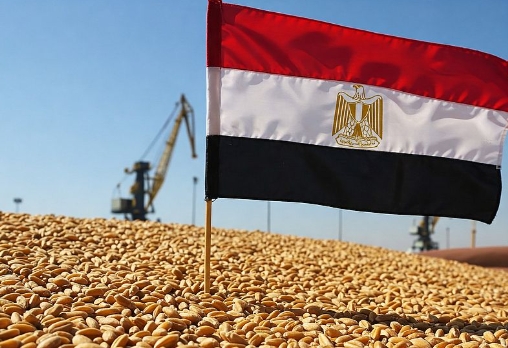Wedoany.com Report-Apr 1, Egypt is set to import 13 million tonnes of wheat in the 2025-26 marketing year, up from 2024-25, driven by foreign currency availability and increased wheat flour exports. Wheat production is expected to rise by 1%, reaching 9.3 million tonnes due to a 1.43 million hectare harvest, up from 1.4 million hectares the previous year. This growth is fueled by higher wheat procurement prices encouraging farmers to expand wheat cultivation.
Wheat consumption is projected to hit 20.4 million tonnes, a 1.5% increase from 2024-25, mainly due to a 300,000-tonne rise in food, seed, and industrial consumption. The rise in wheat flour exports is attributed to Egypt’s population growth, which is set to surpass 124 million by 2030. The country also hosts over 10 million migrants, adding to its food demand.
Russia remains Egypt’s top wheat supplier, accounting for 34.6 million tonnes, followed by Ukraine and EU-27. Wheat flour exports are expected to rise by 20%, reaching 1.7 million tonnes, with key destinations in Africa and the Middle East. Egypt has significantly expanded its wheat flour exports to these regions, particularly in countries affected by conflicts and production halts.
Corn production is forecast to rise by 3.6%, to 7.25 million tonnes, driven by an additional 30,000 hectares of harvested area. This growth is partly due to increased poultry feed consumption, which is expected to expand further. Egypt’s corn imports are set to rise by 200,000 tonnes, reaching 8.7 million tonnes, with Brazil leading the import sources, followed by Ukraine and Argentina.
In summary, Egypt’s agricultural sector faces favorable conditions, with increased production and consumption driven by external factors. The country remains a key player in wheat and corn exports, adapted to global market dynamics.











